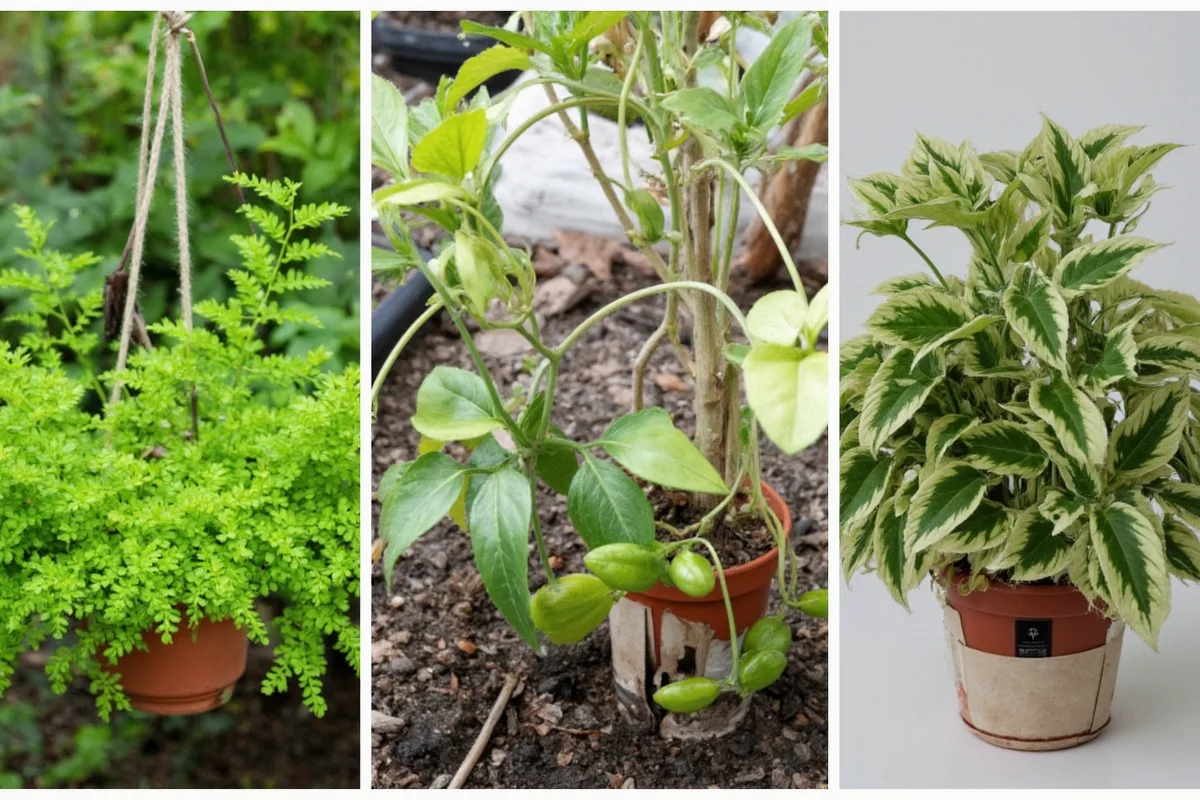Succulents are a beautiful and low-maintenance addition to any home or garden. If you're looking to expand your collection or share your love of succulents with others, propagating stem cuttings is a rewarding and cost-effective way to do so. This article outlines simple steps to propagate succulents from stem cuttings, helping you successfully grow new plants from your existing ones.
Selecting the Right Stem Cuttings
- Choose healthy mother plants: Ensure the succulent you want to propagate is healthy and free from pests and diseases. A robust mother plant increases the chances of successful propagation.
- Identify suitable stems: Look for stems that are mature but not old. They should be firm and free of blemishes or spots.
- Size of cuttings: Typically, stem cuttings should be about three to six inches long. This length provides enough energy stored for growth but is not too unwieldy to manage.
- Seasonal timing: Propagation is usually most successful during the growing season, spring and early summer, as plants are actively growing during this time.
Preparing Your Stem Cuttings
- Use clean, sharp tools: Ensure you use sterilized and sharp scissors or a knife to take your cuttings. This prevents introducing disease and allows for a clean cut.
- Let cuttings dry: After cutting, place the cuttings in a dry, shaded area for a few days. This allows the cut ends to form calluses, essential for preventing rot when planted.
- Monitoring: Check them daily during this period; they should appear dry and slightly shriveled.
Planting the Stem Cuttings
- Select appropriate soil: Succulents thrive in a well-draining soil mix, often a combination of potting soil and sand or perlite.
- Container choice: Use small pots with drainage holes. Terracotta pots are ideal as they help with moisture control.
- Planting depth: Lightly bury the cut distal end of the stem, just deep enough to support the cutting upright.
Caring for Your New Succulents
- Watering: Initially, mist the soil lightly to provide moisture. Avoid overwatering as it may cause rot.
- Sunlight exposure: Place your planted cuttings in indirect sunlight until roots develop, gradually introducing them to more direct light.
- Temperature: Maintain a stable, warm temperature, around 70-75°F, as succulents do not fare well in the cold.
Common Issues and Troubleshooting
- Root rot: This is typically caused by waterlogged conditions. Ensure pots have drainage and reduce watering frequency.
- Pest infestations: Inspect regularly for signs of pests like mealybugs and aphids, and treat with appropriate insecticides if needed.
- Slow growth or wilting: This may be due to inadequate sunlight or nutrients in the soil. Adjust placement and ensure nutrient-rich soil.
Propagating succulents through stem cuttings is a fulfilling experience, enabling you to expand your garden without significant cost. By following these straightforward steps and paying close attention to detail, you can enjoy lush, thriving succulents. Whether a seasoned gardener or a novice plant enthusiast, this propagation technique is both accessible and enjoyable.











 浙公网安备
33010002000092号
浙公网安备
33010002000092号 浙B2-20120091-4
浙B2-20120091-4